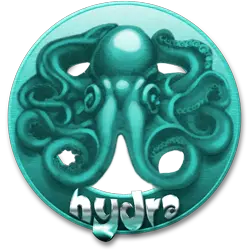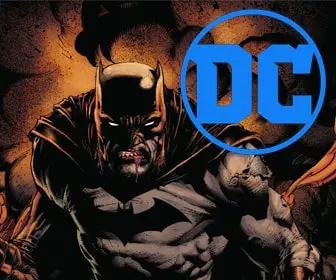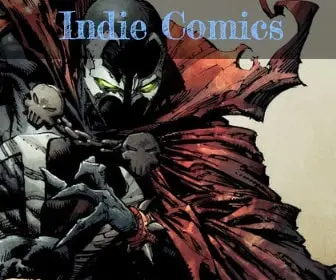
How Zines Shaped the World of Indie Comics
The Influence of Zines in Comics
Zines, short for “magazines” or “fanzines,” have been a powerful force in shaping the world of comics. These small, self-published works give creators a way to share their art and ideas without needing approval from big publishing companies. Through the years, zines have influenced both the comic book industry and the underground art scene. Their impact goes beyond what you see on store shelves, helping artists grow, connect, and experiment with their craft.
What Are Zines?
Zines are often handmade or created in small batches, using simple methods like photocopying or printing. They first gained popularity in the 1930s when fans of science fiction wanted to create their own content. By the 1970s and 1980s, zines had become a major part of punk culture, allowing people to share opinions, music, art, and politics. This do-it-yourself (DIY) attitude also appealed to comic book creators, who saw zines as a way to bypass traditional comic book publishers.
Zines as a Creative Outlet
For many comic book artists, zines provide a creative outlet that allows them to experiment with different styles and stories. Unlike major comic book companies, which might require artists to follow specific guidelines, zines offer complete freedom. Artists can take risks and explore topics that may not be considered mainstream. As a result, zines often feature more personal, raw, and unique content. These qualities attract readers who want something fresh and different from traditional comic books.
Building a Community
Zines also play a major role in building communities. For indie comic creators, these small publications allow them to connect with others who share similar interests. During the 1980s and 1990s, comic book zines helped underground creators spread their work, exchange ideas, and collaborate with one another. Creators would trade zines at conventions, mail them to each other, and build a network of fans and fellow artists. This sense of community gave rise to many independent comic book creators who later became major influences in the industry.
The DIY Ethic and Comics
The DIY ethic of zines has inspired many artists to create comics without waiting for approval from big publishers. Instead of aiming to land a contract with Marvel or DC Comics, creators can use zines to distribute their own work. Some of the most famous comic book creators, such as the team behind “Teenage Mutant Ninja Turtles,” began by self-publishing their work in a zine-like format. This success story shows how zines have empowered artists to take control of their creative process and find their audience on their own terms.
Zines and Indie Comics
Many independent comic book companies, like Fantagraphics and Image Comics, have roots in the zine culture. They value the same kind of artistic freedom that zines offer and often publish work from creators who got their start in zines. Indie comics have pushed the boundaries of the medium, telling stories that differ greatly from the superhero-dominated mainstream. These comics explore themes of personal identity, politics, and even abstract art, and many of these ideas were first developed in zines.
Modern Zines and Comics
Today, zines are still relevant in the comic book world, though the way they are produced has changed. The internet has made it easier for artists to create digital zines and share them with a wider audience. Platforms like Instagram, Etsy, and online zine libraries have opened up new ways for artists to distribute their work. However, the core principles of zine-making—freedom, creativity, and community—remain the same. Zines continue to be a space where artists can explore new ideas and connect with others in the comic book community.
Conclusion
Zines have played a crucial role in the development of comics, especially in the indie scene. They give creators a voice, allowing them to share their work on their own terms and build communities around their ideas. By promoting a DIY ethic, zines have empowered many comic artists to break away from traditional publishers and explore bold, new directions in their work. Even in the digital age, zines remain an important part of the comic book landscape, showing that creativity knows no boundaries.
















